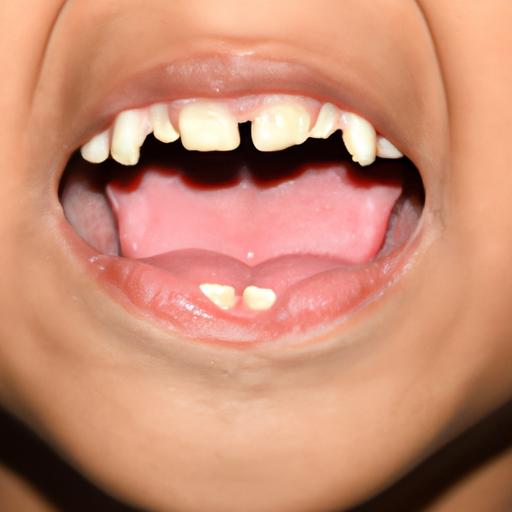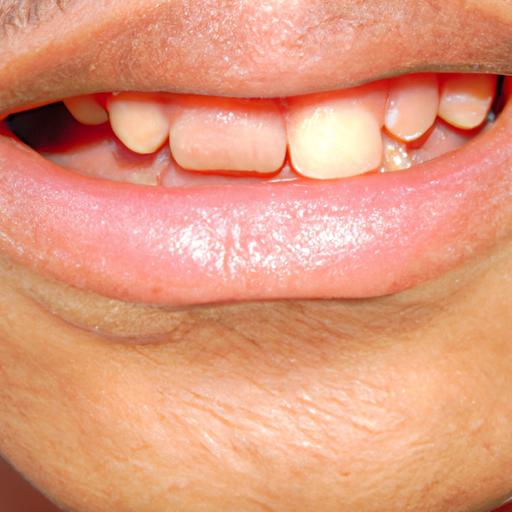How to Fix an Open Bite: A Comprehensive Guide
Introduction
Are you struggling with an open bite and looking for effective solutions? An open bite is a dental condition where the upper and lower teeth don’t meet properly when the mouth is closed. This can lead to various issues, including difficulty chewing, speech problems, and potential aesthetic concerns. In this article, we will explore the causes of an open bite, signs and symptoms to look out for, and the available treatment options to help you fix this common dental problem.

Causes of an Open Bite
Several factors can contribute to the development of an open bite. Understanding these causes is crucial in determining the most suitable treatment approach.
- Genetic factors: In some cases, an open bite can be inherited genetically, as certain jaw and teeth misalignments run in families.
- Thumb sucking or prolonged pacifier use: Habits like thumb sucking or prolonged pacifier use can exert pressure on the developing teeth and jaw, leading to an open bite.
- Tongue thrusting: When the tongue pushes against the teeth while swallowing, speaking, or at rest, it can gradually cause an open bite.
- Temporomandibular joint disorder (TMJ): TMJ issues can result in misalignment of the jaw, affecting the way the upper and lower teeth come together.

Signs and Symptoms of an Open Bite
Identifying the signs and symptoms of an open bite can help you seek timely treatment. Look out for:
- Visible gap between upper and lower teeth: One of the most apparent signs of an open bite is a noticeable gap between the front or side teeth when the mouth is closed.
- Difficulty biting into certain foods: An open bite can make it challenging to bite into or chew certain foods properly, affecting your eating experience.
- Speech difficulties: Some individuals with an open bite may experience speech problems, such as lisping or difficulty pronouncing certain sounds.
- Potential impact on facial aesthetics: In addition to functional issues, an open bite can also affect facial aesthetics, potentially impacting a person’s self-confidence.

Treatment Options for an Open Bite
Fortunately, there are several treatment options available to correct an open bite. The choice of treatment depends on the severity of the condition and the underlying causes. Some common approaches include:
Orthodontic treatment
Orthodontic treatment aims to realign the teeth and jaws to correct an open bite. There are various orthodontic options available, including:
- Traditional braces: Metal or ceramic braces are affixed to the teeth and gradually move them into the correct position over time.
- Invisalign or clear aligners: These clear, removable aligners provide a more discreet alternative to braces, effectively addressing mild to moderate open bites.
- Headgear or other appliances: In some cases, orthodontic treatment may involve the use of headgear or other appliances to guide jaw growth and correct the open bite.
Surgical intervention
For severe or complex cases of open bite, surgical intervention may be necessary. Surgical options include:
- Jaw surgery: Orthognathic surgery can reposition the jaws to correct the open bite, improving both function and aesthetics.
- Genioplasty: This surgical procedure focuses on reshaping the chin bone to address underlying jaw misalignments contributing to the open bite.
Dental extractions
In certain situations, removing one or more teeth may be recommended to create space and facilitate the correction of an open bite. This approach is typically used in conjunction with other orthodontic or surgical treatments.
Speech therapy
For individuals with speech difficulties resulting from an open bite, speech therapy can be a valuable adjunct to orthodontic treatment. Speech therapists can help improve articulation and address any residual speech issues.
Frequently Asked Questions (FAQ)
Here are some common questions people have about fixing an open bite:
Q: Can an open bite be corrected without surgery?
A: In many cases, orthodontic treatment alone can effectively correct mild to moderate open bites. However, severe or complex cases may require surgical intervention for optimal results.
Q: What is the best age for open bite correction?
A: The ideal age for open bite correction varies depending on the individual. Treatment can be initiated in children as young as 7-8 years old, while adults can also undergo successful treatment.
Q: How long does treatment for an open bite take?
A: The duration of treatment depends on the severity of the open bite and the chosen treatment approach. Orthodontic treatment typically ranges from 12 to 24 months, while surgical interventions may require additional time for recovery.
Q: Will insurance cover the cost of treatment?
A: Insurance coverage for open bite treatment varies depending on your specific insurance plan. It’s essential to check with your insurance provider to understand your coverage and potential out-of-pocket expenses.
Q: Are there any non-invasive methods to fix an open bite?
A: While orthodontic treatment is the most common approach, non-invasive methods like speech therapy can be beneficial in improving speech difficulties associated with an open bite.
Conclusion
An open bite can affect both oral function and aesthetic appearance, but the good news is that various treatment options are available to correct this condition. Whether through orthodontic treatment, surgical intervention, or a combination of approaches, it is possible to fix an open bite and restore a healthy and confident smile. If you suspect you have an open bite, consult with an experienced orthodontist or dentist who can guide you toward the most suitable treatment plan for your specific needs. Take the necessary steps to address your open bite and regain a functional bite and improved self-confidence.
